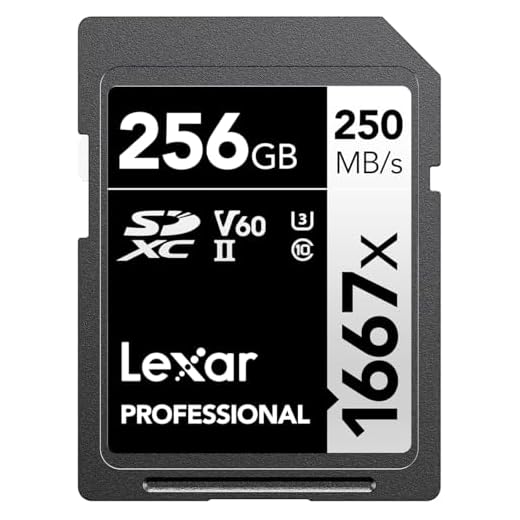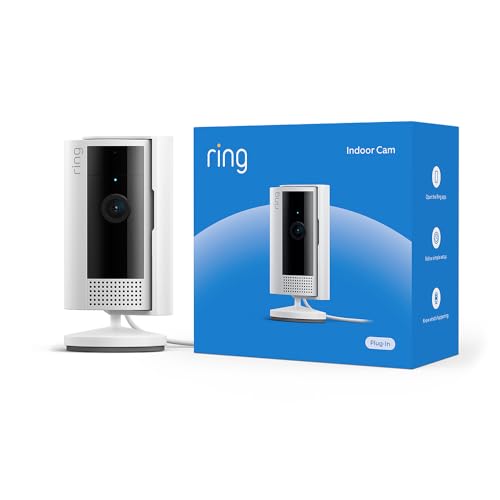




When it comes to capturing those precious moments with your digital camera, having the right memory card can make a big difference. The speed of your memory card plays a crucial role in how quickly your camera can write and retrieve data, ensuring smooth and efficient performance.
But with a range of memory card speeds available on the market, how do you know which one is best suited for your camera? Understanding the different speed classes and what they mean can help you make an informed decision and get the most out of your photography experience.
The Importance of Memory Card Speed
When it comes to digital cameras, the speed of the memory card you use can greatly impact your photography experience. Here are a few key reasons why memory card speed is important:
1. Faster Write Speeds
A faster memory card allows your camera to write data more quickly, which is crucial when capturing fast-moving subjects or shooting in burst mode. This means you can take more photos in rapid succession without waiting for the camera to catch up.
2. Smooth Video Recording
If you shoot a lot of video with your digital camera, a high-speed memory card is essential. It ensures that the camera can write the video data without any hiccups, resulting in smooth and uninterrupted recording.
Overall, investing in a memory card with a higher speed rating can improve your overall photography and videography experience, providing faster performance and minimizing the risk of data loss or corruption.
Choosing the Right Memory Card
When selecting a memory card for your digital camera, it’s important to consider the speed of the card to ensure optimal performance. The speed of a memory card is typically measured in terms of read and write speeds, which determine how quickly data can be transferred to and from the card.
For most casual photographers, a Class 10 or UHS-I memory card will suffice for everyday use. These cards offer fast read and write speeds that are suitable for capturing photos and recording videos in high resolution.
However, if you’re a professional photographer or videographer who frequently shoots in burst mode or records 4K video, you may want to invest in a faster memory card, such as a UHS-II card. These cards have higher read and write speeds, allowing you to capture and transfer large files more quickly.
It’s also important to consider the capacity of the memory card, as this will determine how many photos and videos you can store. Choose a memory card with a capacity that meets your needs and allows you to shoot without constantly worrying about running out of space.
| Memory Card Type | Recommended Use |
| Class 10 or UHS-I | Everyday photography and video recording |
| UHS-II | Professional photography, burst mode, and 4K video recording |
Understanding Memory Card Speed
When choosing a memory card for your digital camera, one of the key factors to consider is the speed of the card. Memory card speed refers to how quickly data can be read from or written to the card. This is important because it can impact the performance of your camera, especially when shooting in burst mode or recording high-definition video.
Types of Memory Card Speed Classes
Memory cards are typically classified by speed class ratings, such as Class 2, Class 4, Class 6, Class 10, UHS-I, UHS-II, and UHS-III. These ratings indicate the minimum sustained write speed of the card in megabytes per second. For example, a Class 10 card has a minimum write speed of 10 MB/s.
Choosing the Right Speed for Your Camera
When selecting a memory card for your digital camera, consider the speed requirements of your camera model. If you shoot high-resolution photos, record 4K video, or use burst mode frequently, opt for a faster memory card with a higher speed class rating to ensure smooth performance.
Factors to Consider
When choosing the speed of a memory card for your digital camera, there are several factors to consider:
- Camera Specifications: Check the specifications of your digital camera to see what speed of memory card is recommended or required for optimal performance.
- Usage: Consider how you will be using the camera and memory card. If you plan to shoot high-resolution photos or videos, you may need a faster memory card.
- Transfer Speed: If you frequently transfer large files from your camera to a computer, a faster memory card will help speed up the process.
- Compatibility: Ensure that the memory card speed is compatible with your camera to avoid any compatibility issues or performance limitations.
- Budget: Balance the speed of the memory card with your budget, as faster cards tend to be more expensive.
Benefits of High-Speed Memory Cards
High-speed memory cards offer several key benefits for digital camera users:
- Faster Write Speeds: High-speed memory cards allow for quicker writing of data, enabling you to capture more photos in rapid succession without waiting for the card to catch up.
- Smooth Video Recording: With faster write speeds, high-speed memory cards are essential for recording high-quality videos without dropped frames or buffering issues.
- Quick Data Transfer: Transferring files from your camera to a computer or other devices is much faster with a high-speed memory card, saving you time and ensuring efficient workflow.
- Enhanced Performance: High-speed memory cards can improve the overall performance of your camera, reducing lag times and improving responsiveness when shooting in burst mode or capturing high-resolution images.
- Reliability: High-speed memory cards are often more durable and reliable, with better resistance to shocks, water, and temperature fluctuations, ensuring your data remains safe and secure.
Recommended Memory Card Speeds
When choosing a memory card for your digital camera, it is important to consider the speed of the card to ensure optimal performance. The speed of a memory card is typically measured in terms of read and write speeds, which determine how quickly data can be transferred to and from the card.
Class Ratings
Memory cards are often categorized by class ratings, such as Class 4, Class 10, UHS-I, UHS-II, etc. These ratings indicate the minimum sustained write speed of the card in megabytes per second. For most digital cameras, it is recommended to use a Class 10 or higher card to ensure smooth performance, especially when shooting high-resolution photos or videos.
Tip: For professional photographers or videographers, consider investing in UHS-II cards for even faster read and write speeds, particularly when capturing 4K video or continuous burst shots.
FAQ
What is the importance of memory card speed for a digital camera?
The speed of a memory card is crucial for a digital camera because it determines how quickly the camera can write data to the card. A faster memory card speed allows for faster continuous shooting, reduces the time it takes to transfer photos and videos to a computer, and ensures smooth recording of high-definition video.
How do I know what speed memory card is compatible with my digital camera?
To determine the compatible speed of a memory card for your digital camera, you can check the camera’s specifications in the user manual or on the manufacturer’s website. Look for information on the recommended minimum write speed for the camera to ensure optimal performance.
What are the different speed classes of memory cards for digital cameras?
Memory cards for digital cameras are classified by speed classes, such as Class 2, 4, 6, 10, UHS-I, and UHS-II. These classes indicate the minimum write speed of the card in megabytes per second. Higher speed classes offer faster data transfer rates and are ideal for capturing high-resolution photos and videos.
Can I use a high-speed memory card in a camera that supports lower speeds?
Yes, you can use a high-speed memory card in a camera that supports lower speeds. The camera will write data to the card at its maximum supported speed, so you may not see the full benefit of the faster card. However, using a high-speed card ensures compatibility with future cameras and devices that require faster data transfer rates.







